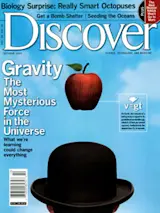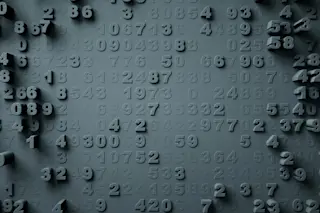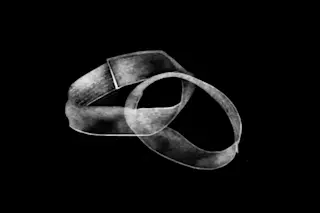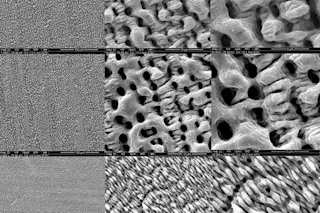It's an ancient reflex. Whenever Earth's surface—always a dicey place—becomes even less safe, people go below it, hoping that the latest wave of insanity will wash harmlessly over their heads. Creating underground sanctuaries against human aggression dates back to prehistory and hit its modern zenith shortly after September 15, 1961, when Life magazine's cover story promised to reveal "How You Can Survive Fallout." Inside, a chilling letter from President Kennedy urged Americans to learn how to build fallout shelters. As cold war tensions ebbed in the 1990s, many domestic bunkers were demolished or converted to wine cellars. After the terrorist attacks of September 11, 2001, most Americans fought the burrowing reflex: They watched the news and worried. Some planned makeshift aboveground sanctuaries made of plastic sheeting and duct tape. A few embraced the old urge and sought to make safe havens below the sod. One New Hampshire company reported quadrupled ...
More on Discover
Stay Curious
SubscribeTo The Magazine
Save up to 40% off the cover price when you subscribe to Discover magazine.
Subscribe













